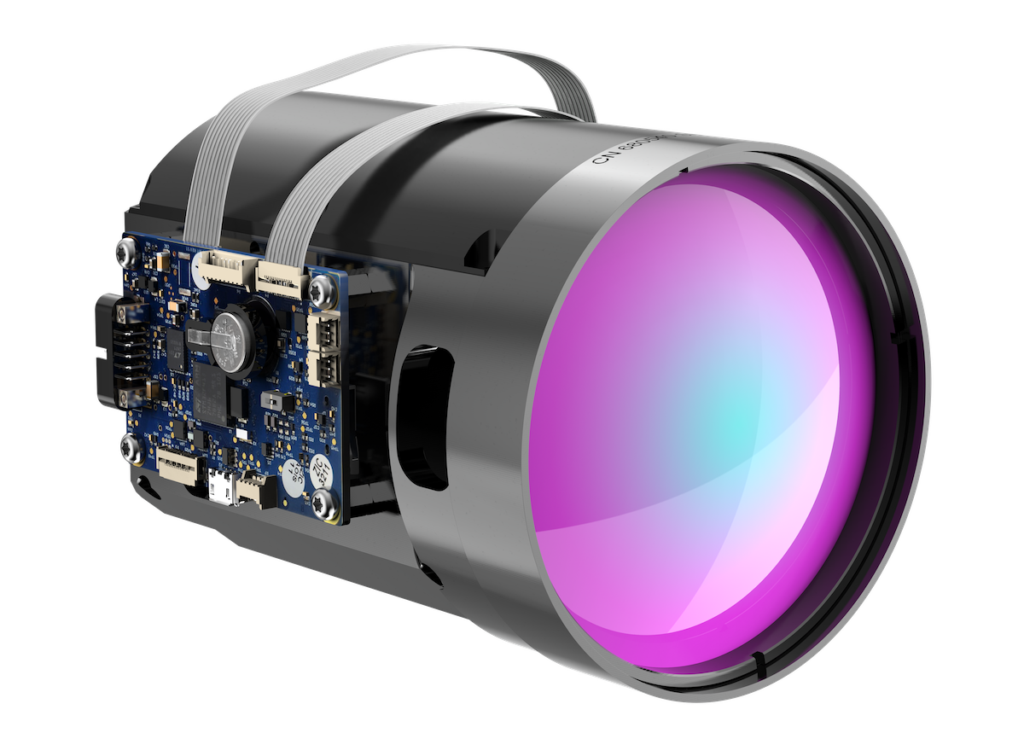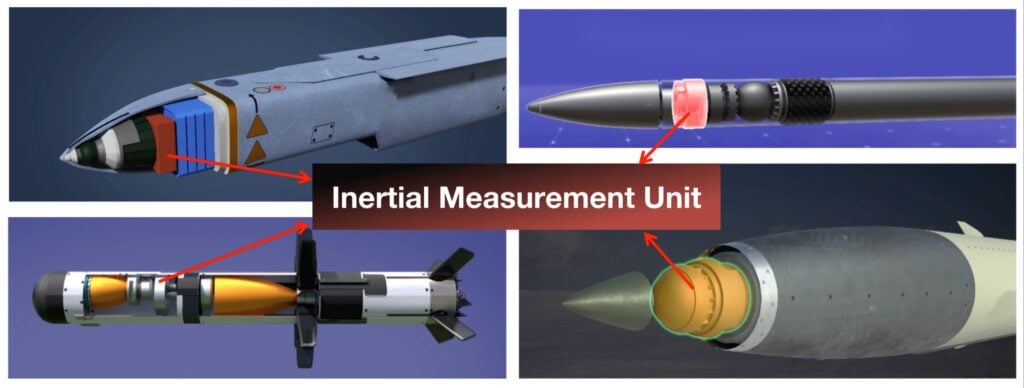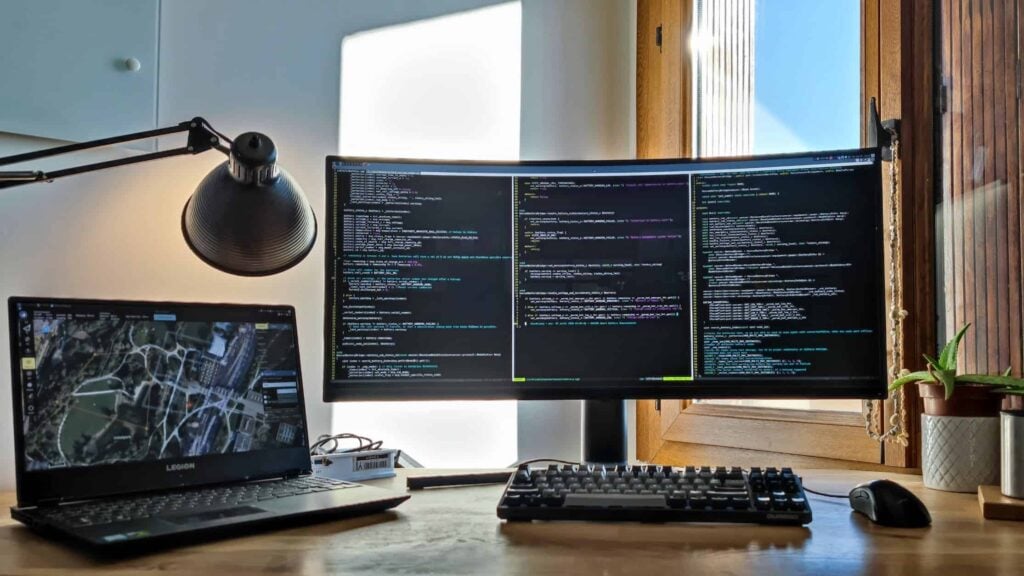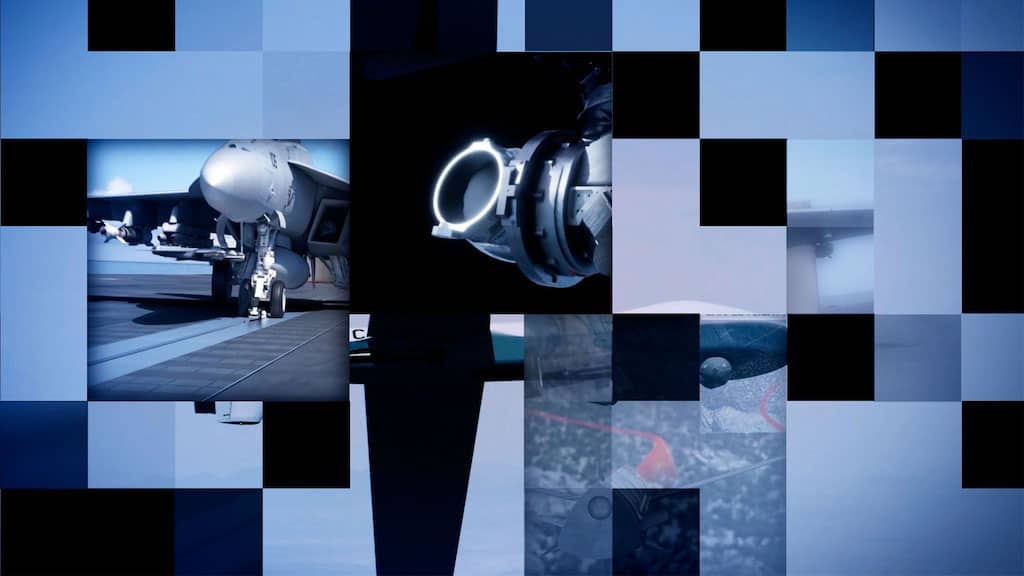
Discover Leading Defense Technology Solutions
Discover cutting-edge solutions from leading global suppliers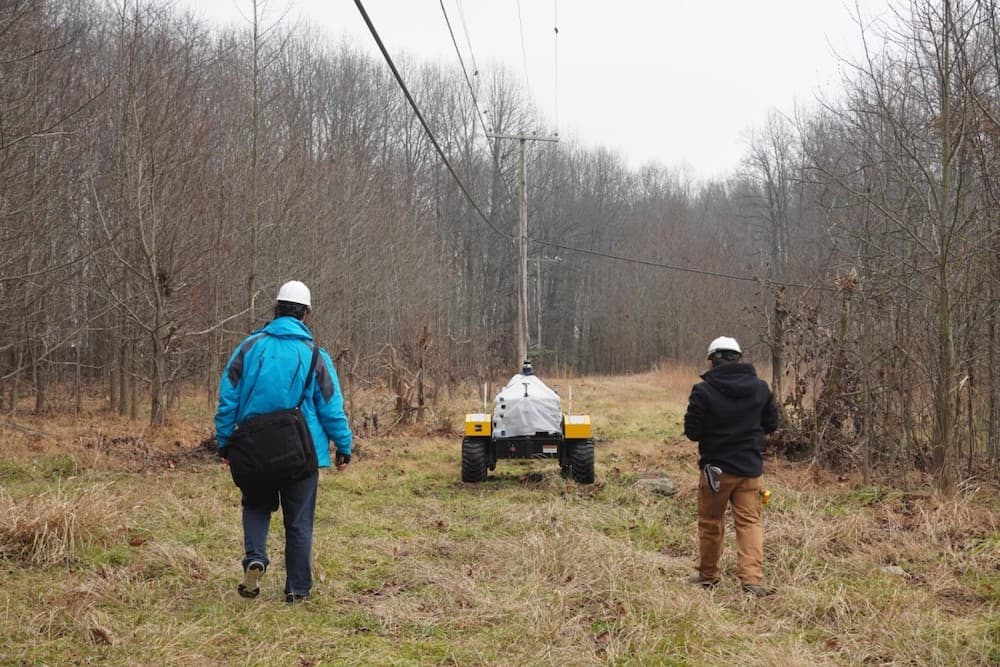
Army researchers have successfully developed a suite of new software capabilities for future robots of the U.S. Army under the Scalable, Adaptive and Resilient Autonomy (SARA) program, which marks a milestone of one year of extramural research this month.
Pioneered by the U.S. Army Combat Capabilities Development Command (DEVCOM) Army Research Laboratory (ARL), the program facilitates the development of unique algorithms, techniques and methods that support autonomous navigation even in complex environments.
Researchers said the program has yielded significant improvements in adaptive sensor calibration, uncertainty models and efficient local planning in service of the Artificial Intelligence for Maneuver and Mobility Essential Research Program (AIMM ERP).
Collaborators in the program include researchers from the University of Washington, the University of Delaware, the University of Rochester, the Colorado School of Mines, the Florida Institute for Human and Machine Cognition, Indiana University, the University of California, Berkeley and the General Electric Company.
“The SARA performers have developed algorithms that resulted in significant improvements in risk-aware AI perception models such that they can more effectively handle uncertain situations where we lack sufficient training data,” explained Dr. John Fossaceca, AIMM ERP program manager.
“These algorithms also provide efficient and accurate multi-sensor fusion for real-time localization in unstructured and cluttered operating environments.”
Other novel capabilities that have been assessed both in simulation and in real-world settings in the first SARA cycle include:
- Predictive control algorithm that enables high-speed mobility through narrow passages and constrained spaces
- Efficient long-term planning algorithms that demonstrate improvements in optimality, speed and computational load
- Local planning algorithm that takes into account uncertainty in the vehicle’s motion due to inaccurate classification of ground conditions
- Algorithms that allow the system to plan and navigate through environments that are considered as obstacles in the baseline autonomy stack
- Calibration algorithm that reduces error build-up in position over long-distance travel
- Planning algorithm that provides rapid adaptation of navigation behaviors as the terrain type, angle and traction change throughout a mission
The SARA program follows a new business model where collaborating research teams participate in a series of one-year cycles that focus on accelerating fundamental science in areas of high relevance and potential impact to ARL’s ERPs, mission programs and Army Modernization Priorities.
“In cycle one, we focused on off-road autonomous maneuver and divided the research between ground and air vehicles,” said Eric Spero, SARA Collaborative Alliance Manager.
“In cycle two, we plan to build on the first cycle and focus on autonomous complex terrain maneuver, which we’ll break into two parts. The first part tackles maneuvering through dense vegetation like forests and tall grass, while the second part tackles maneuvering across dry riverbeds and slopes where the sand and dirt could cause slippage.”
During the second SARA cycle, performers will focus on the up-front perception capabilities of the ARL autonomy stack. New algorithms will fill in gaps in sensor readings, use surrounding environmental context and uncertainty quantification to draw likely conclusions about the terrain ahead and incorporate vehicle dynamics in an assessment of whether the land ahead is traversable.
This approach makes it easier for Army researchers to experimentally validate the code contributed by their external partners. Performers continually refine their code based on research experimentation results coming from their own local testbed vehicles, which closely resemble the ARL experimental testbeds. Once the performers commit their code to the lab’s software stack, ARL researchers can deploy it directly onto the testbeds at Army research facilities.
“The strength of the SARA program is that we’re requiring the performers to work with the ARL software,” said Dr. Brett Piekarski, chief scientist of the lab’s Computational and Information Sciences Directorate.
“If they were to develop their own autonomy software solution and demonstrate it on their own platforms, the code will not be readily transferable to Army platforms. What the SARA model allows us to do is drive the performers to integrate their solutions into a government-owned software stack that is compatible with research across the Army.”










